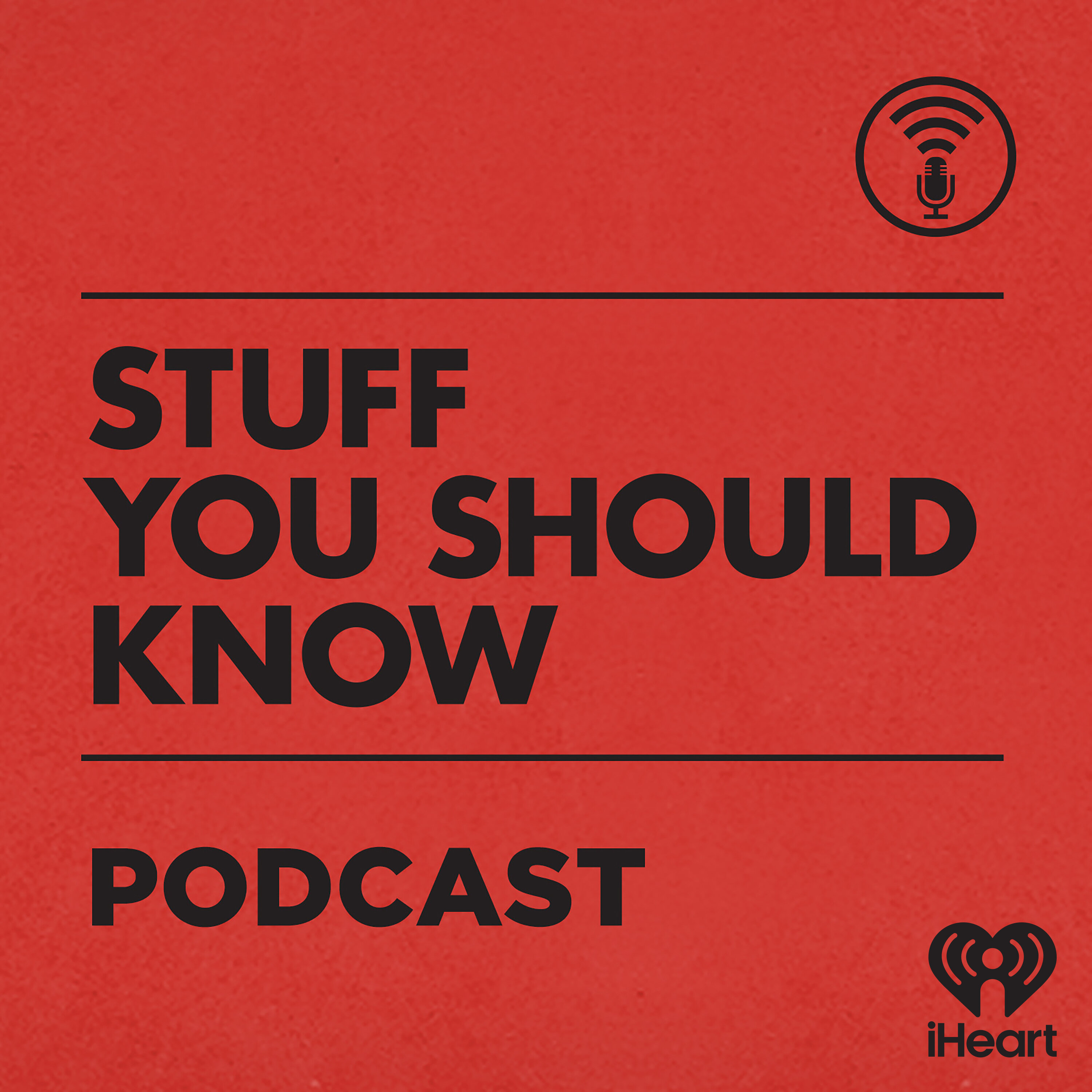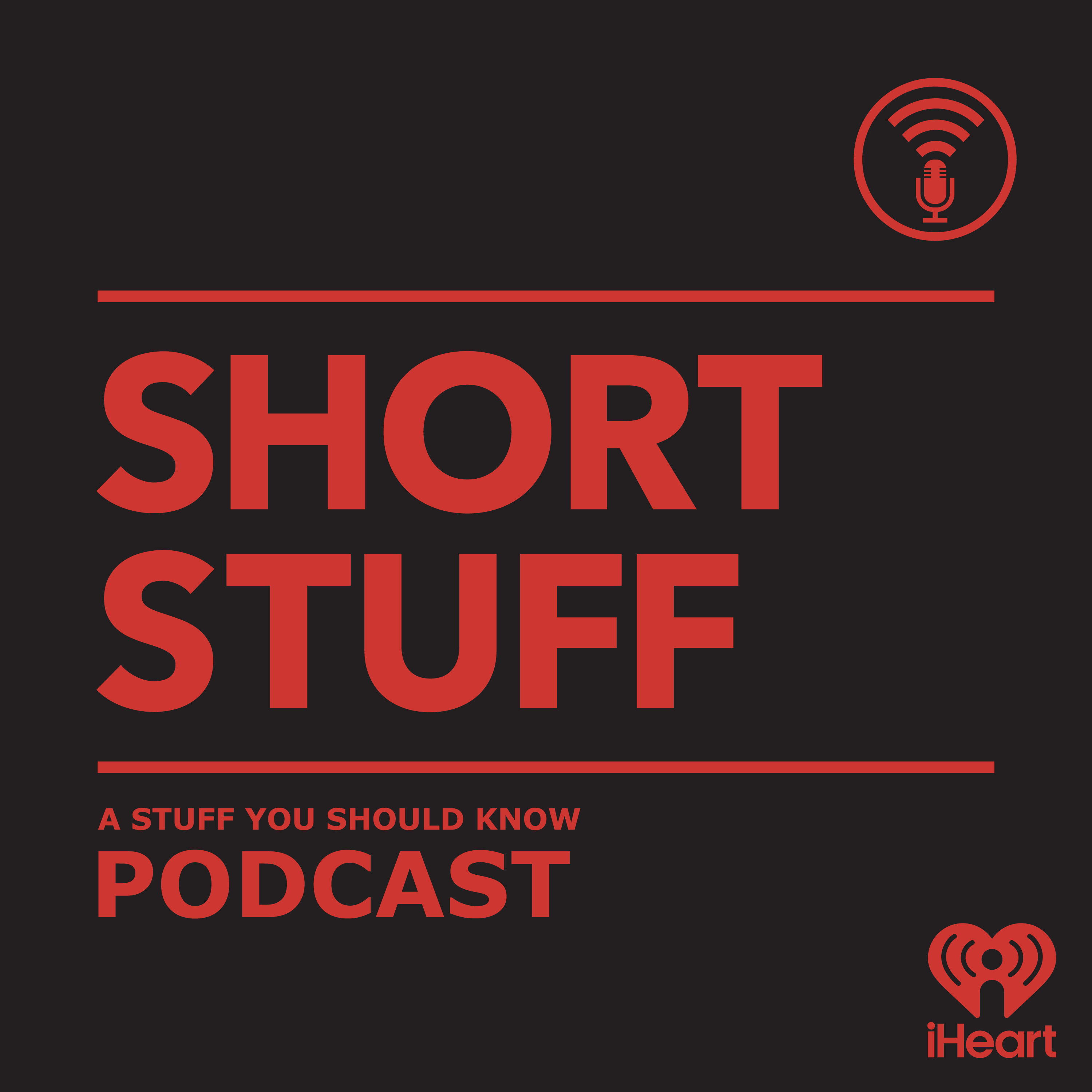You’re So Good At Conversation!
It’s an understated miracle that humans can get across ideas to one another by saying things out loud. We’re strangely good at not constantly talking over each other, interrupting one another, and correcting misunderstandings. All just by conversing!
See omnystudio.com/listener for privacy information.
Press play and read along
Transcript
Transcript is processing—check back soon.
Stuff You Should Know — You’re So Good At Conversation!


